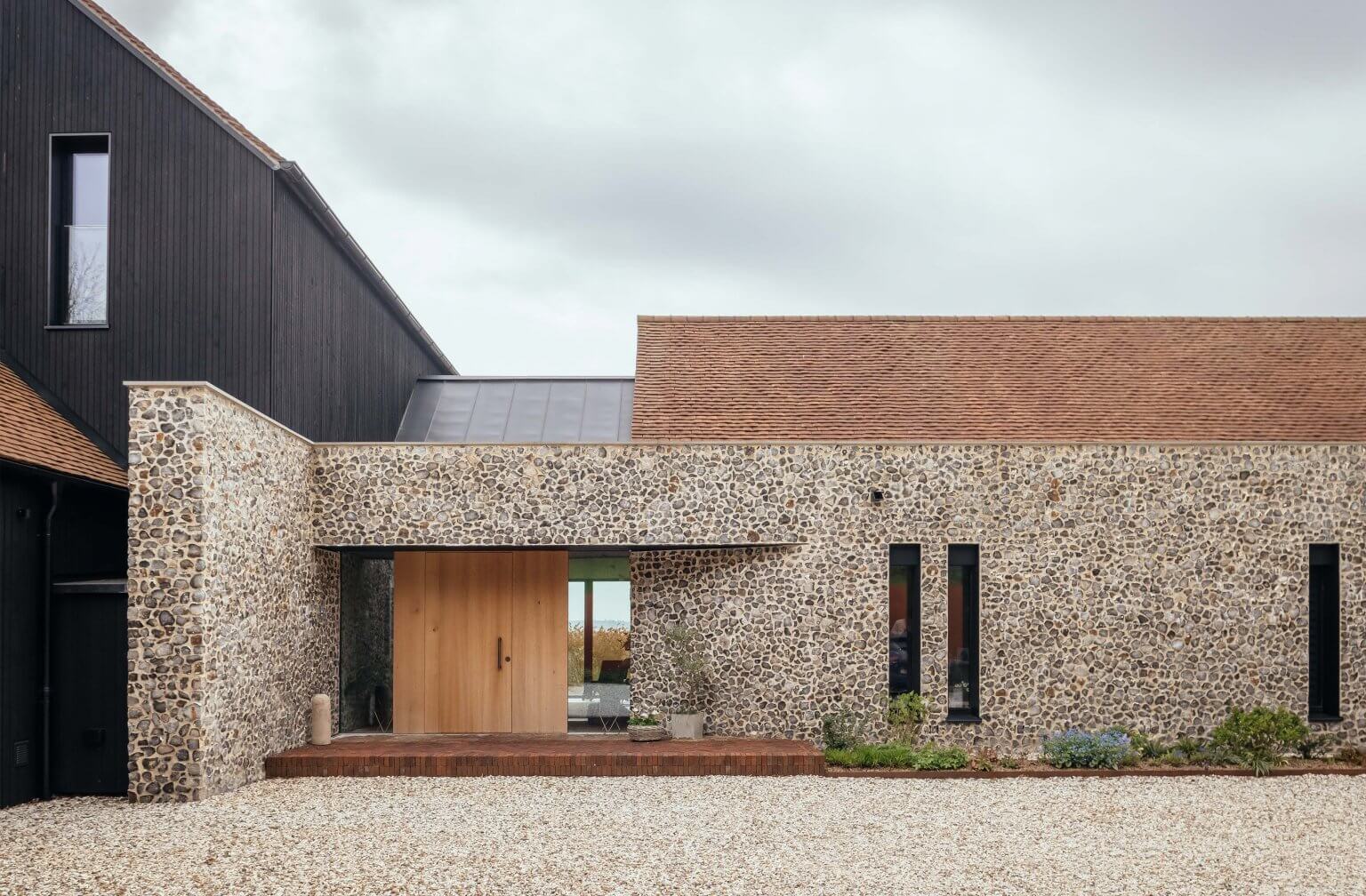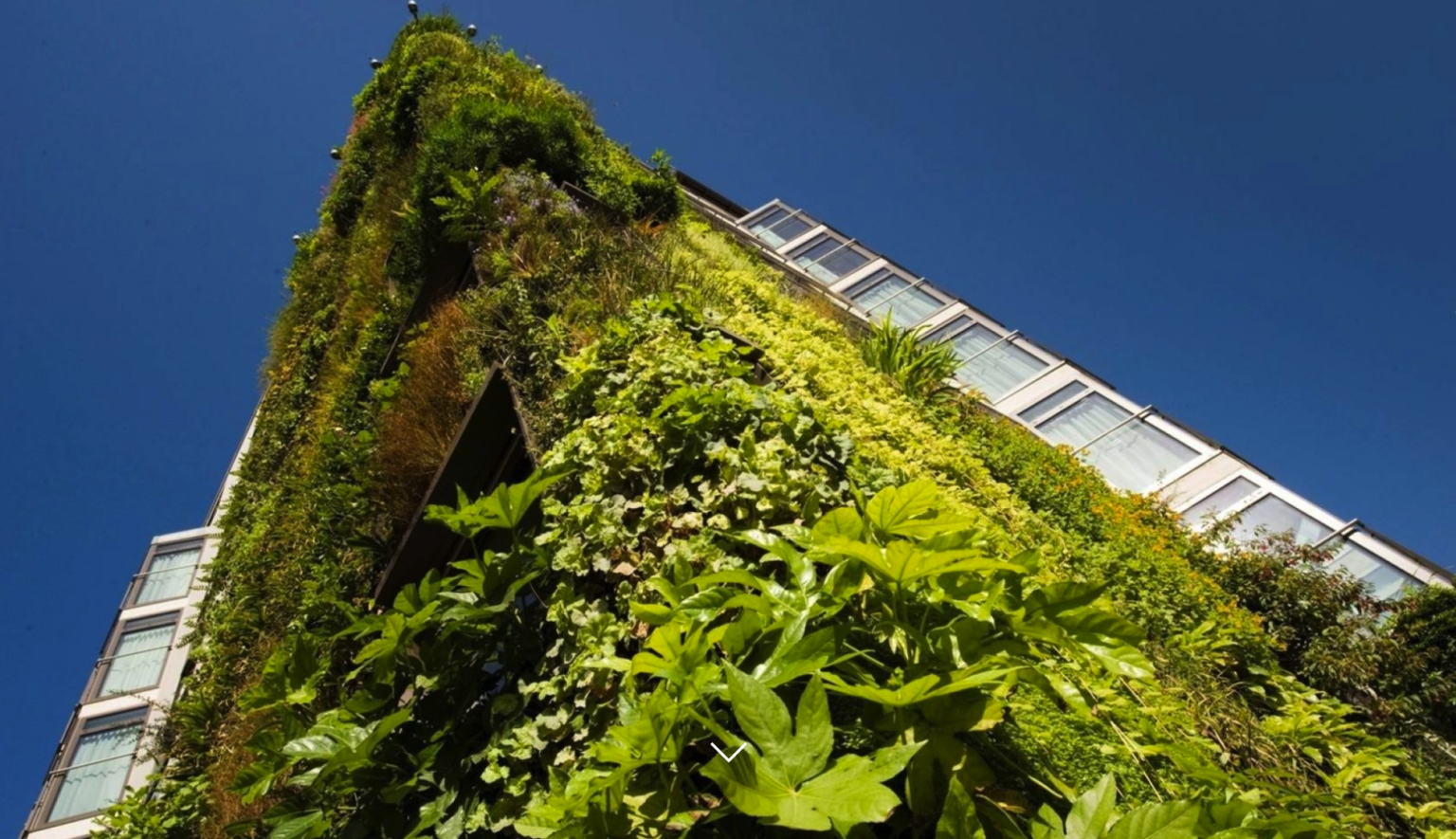The best ways to add value to your home by improving your garden
It is a trope that property buyers are looking for peace and sanctuary. To some that means a locus amoenus, a rural retreat, and to others it means a green lung in the city. Either way it puts outdoor space at a premium, all the more so since the pandemic.
The most casual flick through property particulars reveals glorious views, calming lakes and pools, verdant lawns, meadows and woods. Agents know that is what sells and Kim Wilkie, the eminent landscape architect whose projects reach from Longwood Gardens to the Prince of Wales’ estate in Roumania neatly sums up why:
‘Arcadian landscapes have appealed to the financial and political elites since Augustus. As those landscapes are rare and take years to evolve, they command a premium. You can ship in topiary and statues in the flick of a wallet, but pastoral serenity is harder to find.
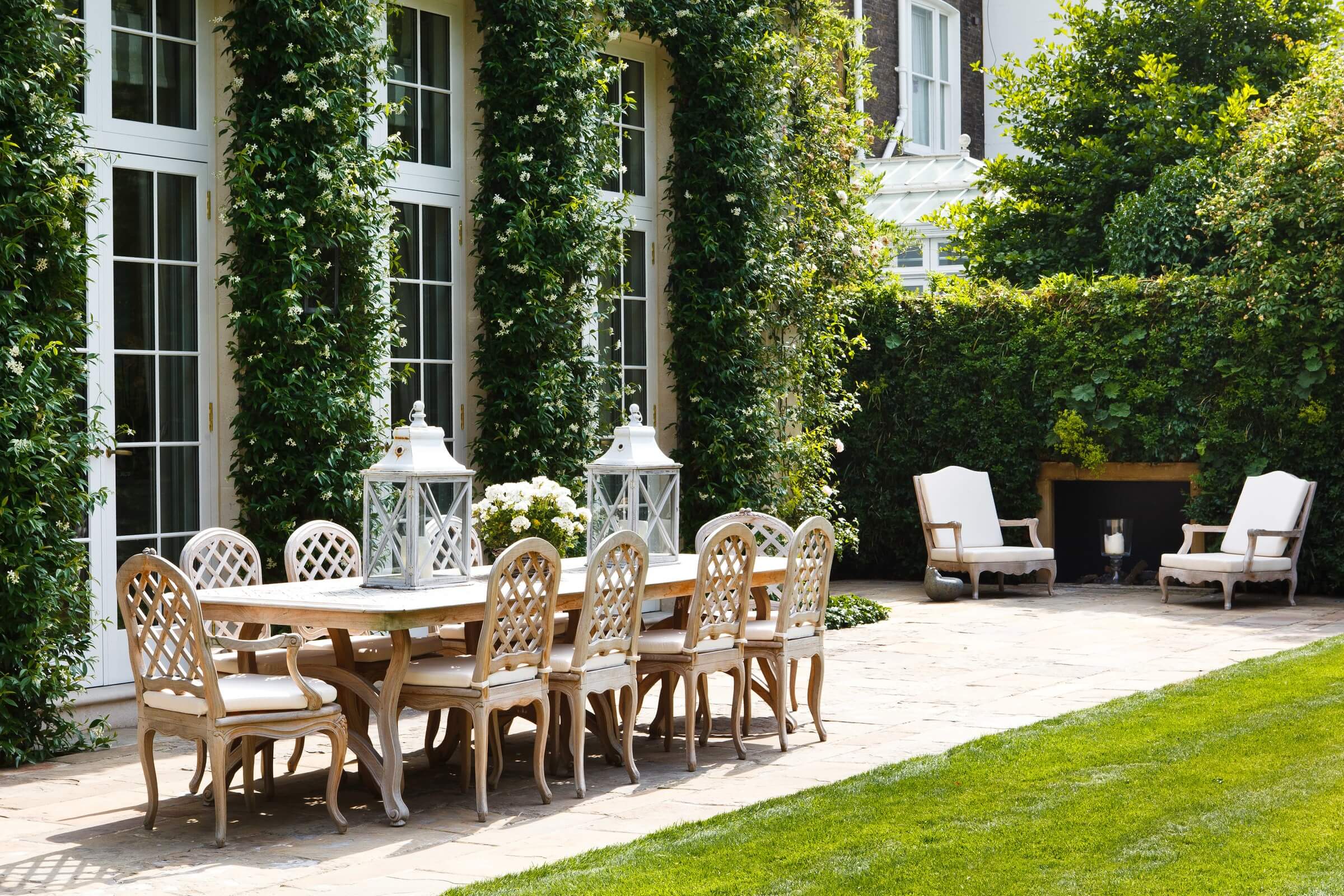
“…they can add 30% to a London property”
‘At the very top of the market buyers are looking for tranquillity above everything else – and certainly above flamboyant gardens or status houses. Silence, solitude, mature trees, grazing cattle, reflecting water – these are the elements that bring peace and escape from the frenzied world.’
“You can ship in topiary and statues in the flick of a wallet, but pastoral serenity is harder to find.”
While this may be difficult to achieve in most city properties, Louise Vaughan, co-founder of FG Consultants Ltd specialising in prime central London property from £10 to £60m, points to an upsurge in clients insisting on outside space:
‘Lockdowns have made gardens and roof terraces so appealing that they can add 30% to a London property. But they have to be well presented and maintained – first impressions make a huge difference.’
They do, and so here are some easy garden fixes:
- thick gravel on paths and the drive
- neatly mown lawn
- weeded beds with trim edges
- tidy summerhouses and outhouses
- neatly clipped hedges
- dead wood cleared from around trees and shrubs
- algae-free water features.
Gardens created in today’s eco-wild style need skillful whipping if they are to look romantic rather than messy. Xa Tollemarche’s gardens at Helmingham Hall in East Anglia are a case in point, not that they are for sale. The 15th-century house is set off by beautifully maintained, formal gardens melding into un-mown areas where orchids have appeared spontaneously. It is an attractively casual garden style but it is far from casual in terms of maintenance.
“Radical new styles in a historic setting can be a disaster, or a delight.”
Radical new styles in a historic setting can be a disaster, or a delight. It’s a matter of finding an experienced designer sensitive to the history of the place. One case in point is Heveningham Hall in Suffolk, a Grade 1 listed house surrounded by 5000 acres. Plans for the parkland immediately around the house were drawn up by Capability Brown but never implemented. In the 1990s the new owner, Jon Hunt, executed Brown’s plans and added a sweeping turf amphitheatre to join the landscape to the house. It fits seamlessly into the historic landscape.
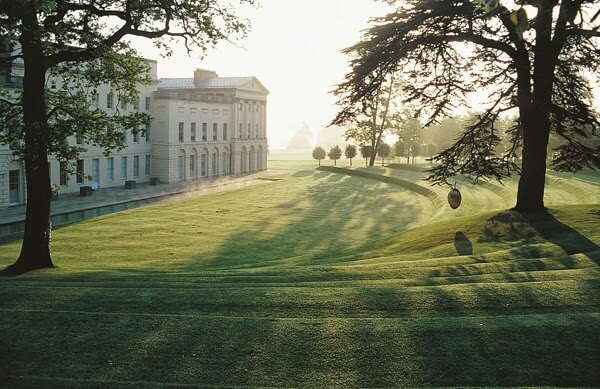
Heveningham Hall, Suffolk
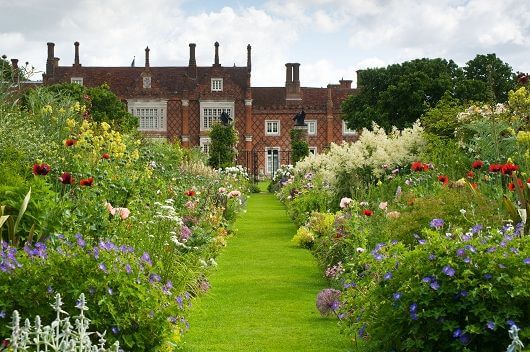
Helmingham Hall Gardens, East Anglia
A modern city house with a shabby garden might benefit from advice from a designer with international city experience whose tweaks will sit comfortably with the surroundings rather than shout ‘I’ve just had an expensive makeover’.
And if many buyers shy away from shiny new makeovers, they also steer clear from anything too high maintenance as Savills’ Crispin Holborow, Country Director of The Private Office, notes:
‘A garden which needs two to four gardeners max is one thing, but the appetite drops off when faced with the prospect of employing too many people.’
Holborow also observes that:
‘A view of a serpentine lake, or a pool can be key. And a long drive giving a feel of space is far better than a drive that goes straight up to the house’
A property without any water features or long drives will still appeal so long as it looks neat: terraces and steps swept clean; gates that open and shut properly, and urns and planters kept as well watered, dead-headed and weeded as beds. It’s hardly rocket science but it is hard work or, as Kipling put it: “…. gardens are not made by singing ‘Oh, how beautiful!’ and sitting in the shade.”
Jane Owen is Financial Times Weekend contributing editor, Chelsea Flower Show gold medalist and the author of various garden history books.
Instagram @janejaneowen.co.uk
